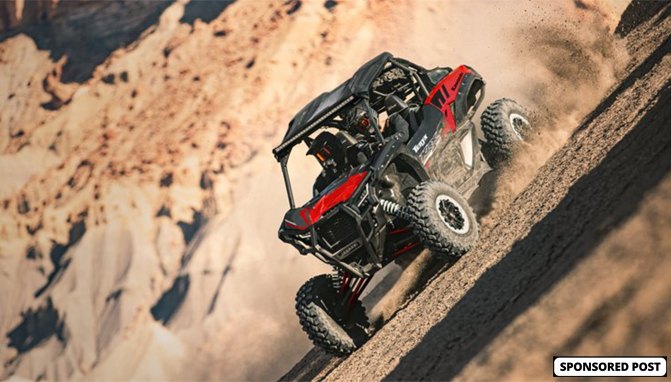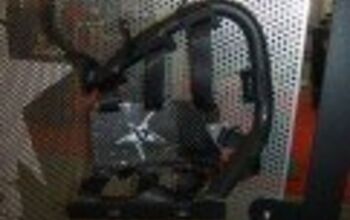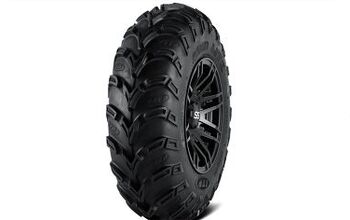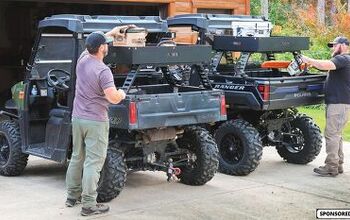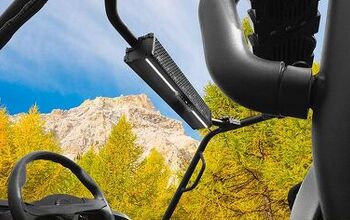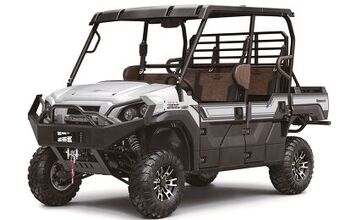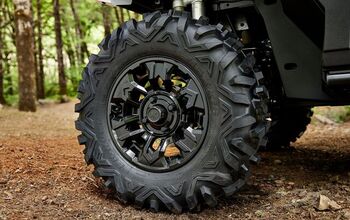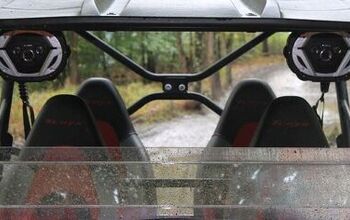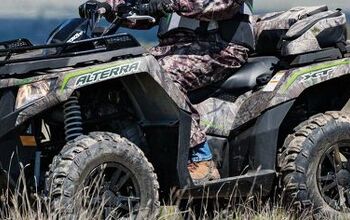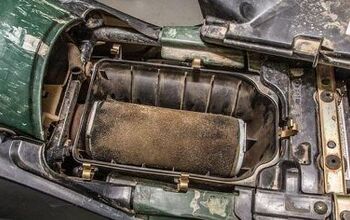How to Choose the Right CVT Belt for Your UTV
Even the most casual of off-road gearheads know the vast majority of modern UTVs deploy a CVT belt to help get their power to the ground. These types of rigs don’t have any gears in their drivetrain; instead, there are a couple of pulleys inside the transmission which can essentially pinch or release a belt using a series of springs or weights.
When you twist the ignition key and let the machine sit at idle, the drive pulley does not ‘grab’ the belt, so there isn’t any power sent to the wheels. It’s the gear-less equivalent of placing a vehicle in neutral. However, once the driver prods the accelerator pedal, the drive pulley’s rotation speed increases, pinching the belt and transferring power. These pulleys have an inner valley in which the belt can safely move, permitting gear ratios to change depending on demand and driving conditions.
The crew at Gates know a thing or two about belts for powersports machines, setting up shop in Colorado a century ago and becoming a leading manufacturer of power transmission items. Over the years, they’ve noticed more than a few customers having a hard time figuring out which type of belt is the correct one for their particular machine.
Just like tires on an off-road truck, the construction and components of a UTV belt can make all the difference in the world given the type of demands you’re placing on the vehicle. Workhorse rigs with a lower horsepower count but plenty of bottom-end grunt need a belt with different compositions than one fit for a psychotic speed machine built to be frequently run at high speeds for long periods of time.
Gates G-Force CVT Belt
Gates G-Force belt portfolio – they’ve got three of ’em – utilizes proprietary design software, advanced materials, and process technology to meet the demands of your recreational powersports equipment. In other words, they’ve put their century of experience to good use so you can get back to the UTV business at hand – whether that’s farming, casual trail riding, or busting dunes at great velocity.
The original G-Force CVT Belt is good for basic application where drivers need stout reliability for their workhorse or reliably hard-working situations. They’re designed for low- to mid-range horsepower applications where durability is the name of the game. Stepping up from this option is the G-Force C12 belt, meant for machines in which the operator plans to ask a bit more in terms of outright performance but still prefers to keep engine size below the 800cc mark.
Gates G-Force C12 CVT Belt
As you can imagine, there are enormous forces being exerted on a UTV belt, especially when the operator decides to walk on the loud pedal. This is why the G-Force C12 is the industry’s first true carbon tensile belt, featuring exceptional strength and flexibility. Even small-displacement engines can benefit from this type of belt, since those varieties of UTVs are often pressed into tough service conditions and routinely driven hard.
Sitting atop this mountain are the G-Force Redline belts, which are the flagship of the Gates line.
Gates G-Force RedLine CVT Belt
The G-Force Redline belts were the first-to-market in utilizing an ethylene elastomer compound to address the needs of larger side-by-side rigs and high-horsepower off-road machines. This next-gen compound offers maximum transverse stiffness (meaning it’s less susceptible to twisting) and great heat resistance, resulting in higher load peak torque capacities.
Putting your UTV belt through the wringer can create something called “heat fade,” a characteristic in which engine power isn’t efficiently transferred to the ground thanks to an overheated belt. It’s a similar phenomenon as when the brakes on a track car lose effectiveness after being used heavily for several laps.
The G-Force Redline belts have been proven to exhibit less speed loss than competing belts; in fact, Gates says they have as little as half the fade and better recovery from temperatures up to 338°F (170°C) without power loss. They also run cooler overall, resist glazing, and are less likely to crack or ‘chunk out’ at temperatures exceeding 300°F. As a bonus? They offer a reduced environmental risk since they are made without harmful chlorinated compounds
Make sure to choose the right belt. Even one that’s just slightly out of spec can cause wildly unpredictable performance and odd behavior. Gates Belts deploy a proprietary laser measuring system when producing replacement units, assuring proper fit. Once you’ve selected the right one, be sure to install the thing properly: take your time, follow all instructions, and take it to a pro if you find yourself needing a bit of help.
To learn more about Gates G-Force RedLine series, click here, then visit Navigates.Gates.com to find the right Gates belt for your vehicle.
More by Sponsored Post



